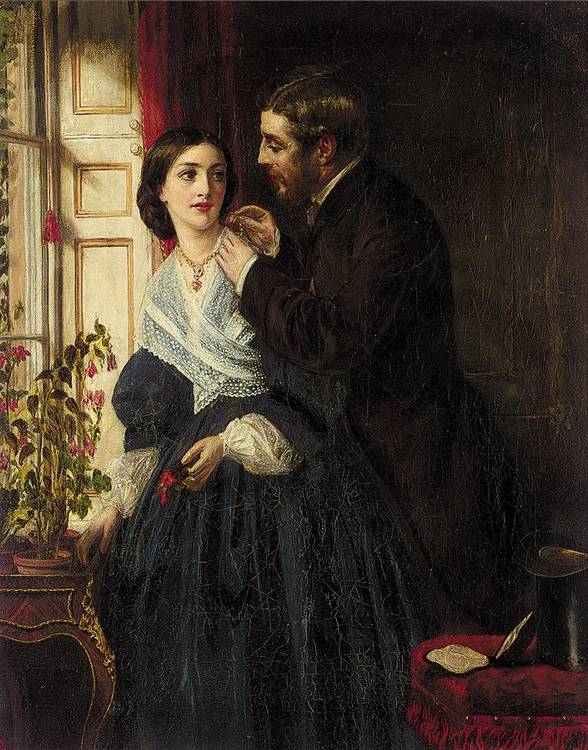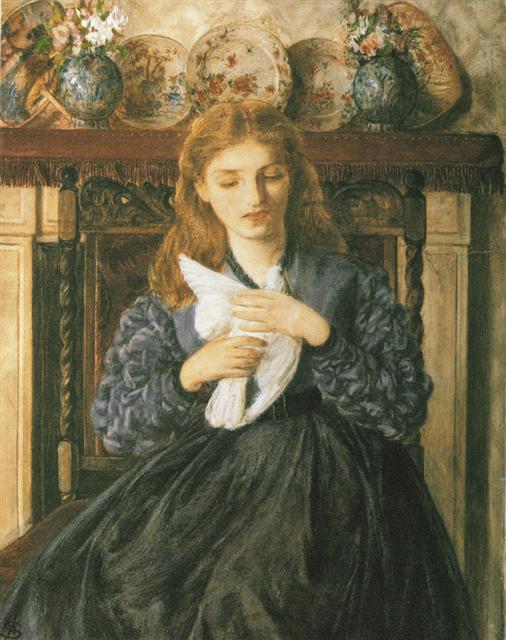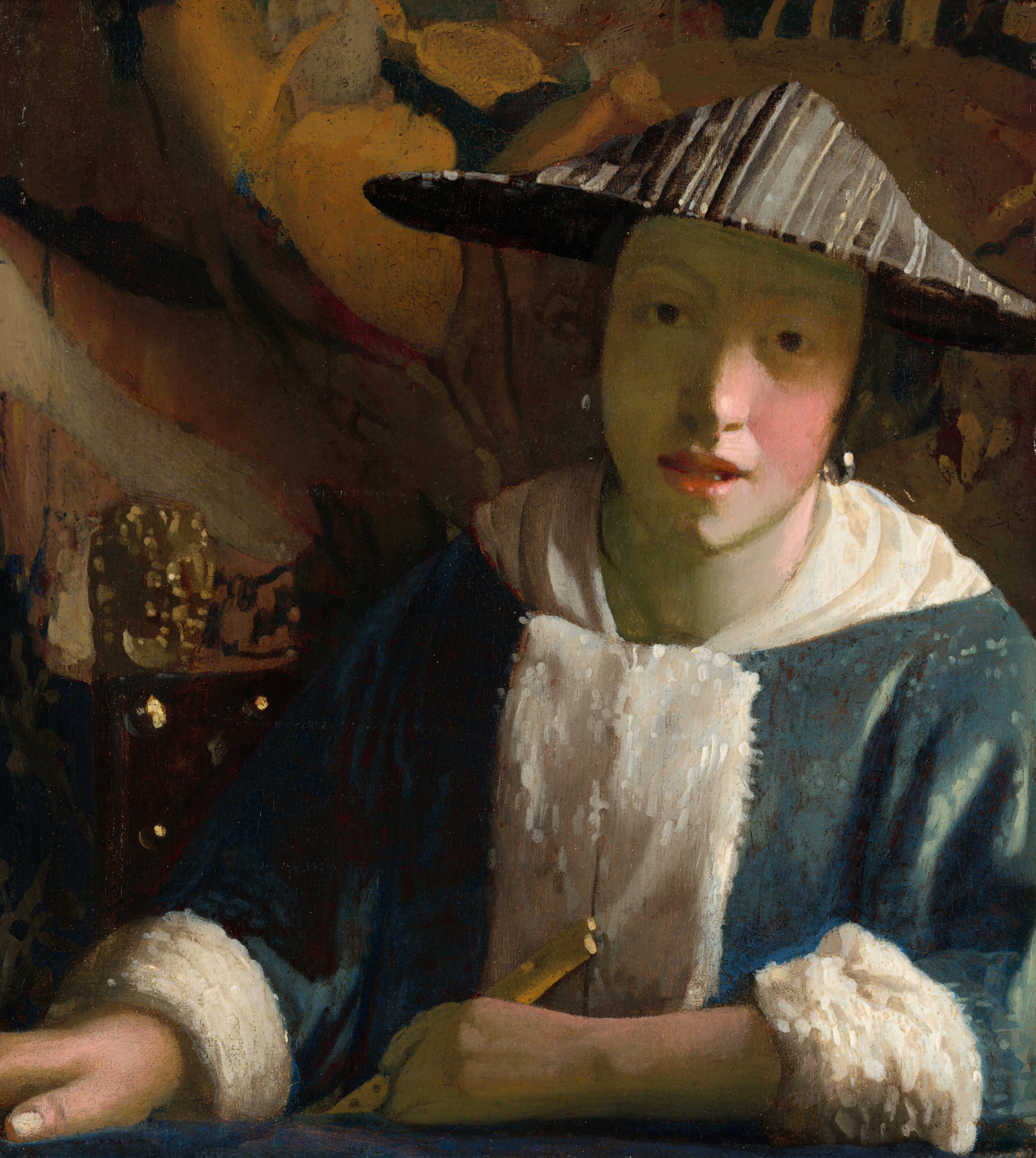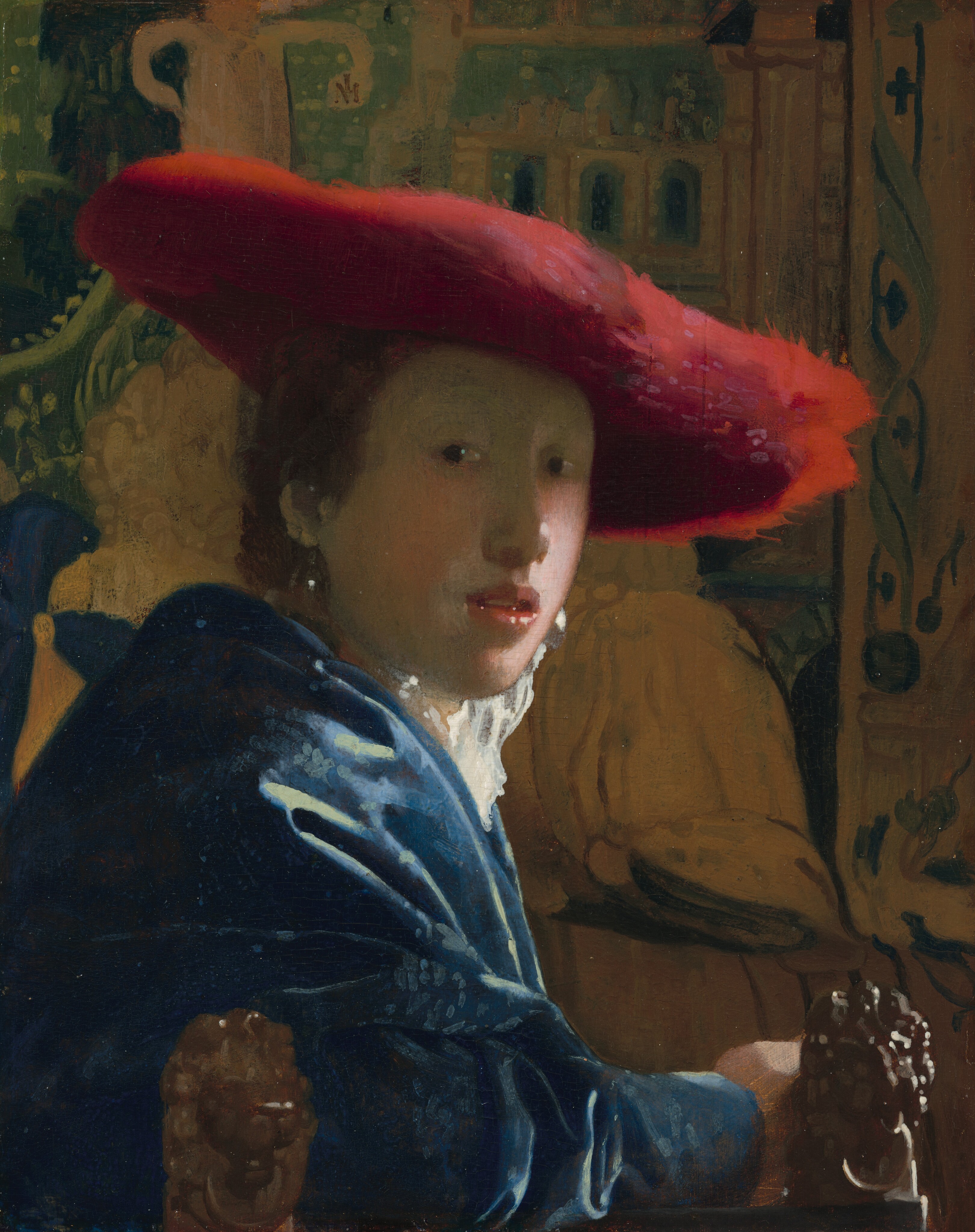Thomas Gainsborough, The Blue Boy, 1770, Huntington Art Museum San Marino, California
2022 saw The Blue Boy pay a brief visit to the National Gallery in London exactly a hundred years after he was waved a tearful goodbye by record crowds who couldn’t quite believe we were selling
this national treasure. I’m not sure his stay this time has raised much
excitement. The Blue Boy is one of those
pieces of art which proves the saying ‘familiarity breeds contempt’. He’s
entered popular culture through a thousand jigsaws and cheap reproductions,
exploited by Tarantino who dressed Django in his costume, taken up by the gay
community in the 1970s, re-appropriated by Kehinde Wiley. The
National Gallery attempted a reassessment, giving context by showing The Blue
Boy alongside examples of Gainsborough’s work, and juxtaposing him with Van Dycks which inspired his costume, but in both cases reviewers suggested that The
Blue Boy fell short. So, why is he so famous?
The Blue Boy was painted by Gainsborough in 1770 at a time when he was trying to break out of the security of provincial portraiture and make a name for himself as representor of the fashionable elite. He had already moved from Suffolk to Bath in 1759, where he had built a reputation producing three-quarter length portraits in which sumptuously rendered fabrics were shown off against plain backgrounds; and in 1768 he had become a founder member of the Royal Academy, exhibiting at its inaugural show. So the 1770 Portrait of a Young Gentleman (as it was originally called) was designed to make a splash. Its essentially a fancy picture, painted to show his style and ability, the subject chosen as representative but non-specific and deliberately designed to appeal. Originally, the crowd-pleasing elements included a small dog walking beside the boy. The choice of costume, historical rather than contemporary, is part of this 'fancy', but it also allows Gainsborough to make an implicit comparison with Van Dyck, and show that he was highly adept at creating the fashionable silks and lace. Van Dyck was enjoying a revival in popularity, and this is one of a number of Gainsborough pictures which uses Stuart costume (including the same suit), just as he was one of a number of contemporary artists to employ the device. Everyone from George III down seemingly wanted to dress up as a cavalier.
The Blue Boy was also a transitional painting stylistically. Gainsborough had begun painting portraits in Suffolk in a style influenced by Arthur Devis - with doll-like figures who never seem entirely comfortable in their clothes, yet still manage to effectively convey both the sitter's physical attributes and character. His particular skill was to set these figures within a naturalistic landscape - his real artistic love. Thus, most famously, we see Mr and Mrs Robert Andrews (1750), surveying their estate from a garden seat, her bedecked in her finery, and him in the casual dress of a country gentleman who's just been out shooting. After his move to Bath, however, Gainsborough's style started an evolution which saw him both embracing the scale and dynamic posing of the 'grand manner' portraiture popularised by Joshua Reynolds, and incorporating new French trends in colour and fluid brushwork. Thus, the life-size proportions of The Blue Boy, emphasised by the low horizon which increases his height, and his dynamic pose, one foot in front of the other, as well as the self-assured entitlement of the figure is reminiscent of works like Reynolds' Captain Augustus Keppel (1752-3). Yet the colour which gives The Blue Boy his nickname was certainly disapproved of by Reynolds who firmly believed that warm tones should predominate.
The Blue Boy did its job well. From the start it was well received, quickly given the name which stuck. Like any good fancy picture it suggests an imagined narrative, or invites the viewer to concoct one of their own. The boy of the cusp of manhood, whose swagger looks just a little awkward, standing in front of the lowering sky which seems to portend storms ahead. Seen as a historical image, the Civil War looms on the horizon; seen as a contemporary costume piece, we have a psychodrama about adolescence; looking back it foreshadows the traumas of the late 18th century still to come. But the real star of the painting is not the boy at all, nor proto-Romantic background, it's his suit: a gloriously rendered sheen of the sort of blue that you rarely see in art. That's what makes The Blue Boy worth looking at again. And again.


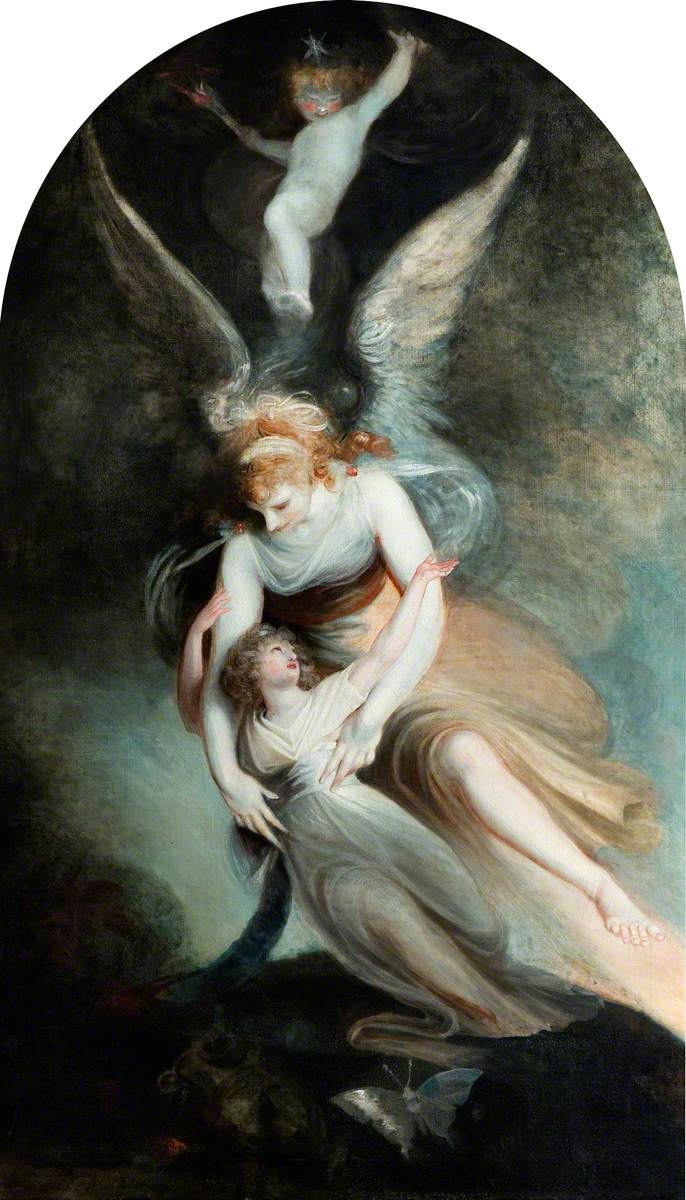
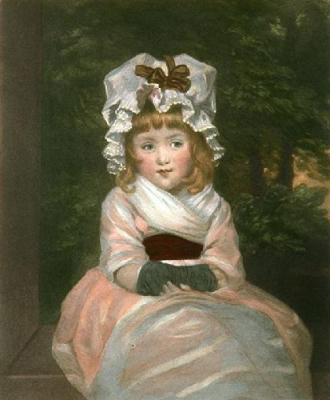

.jpg/532px-The_Young_Teacher_by_Rebecca_Solomon_(1861).jpg)


